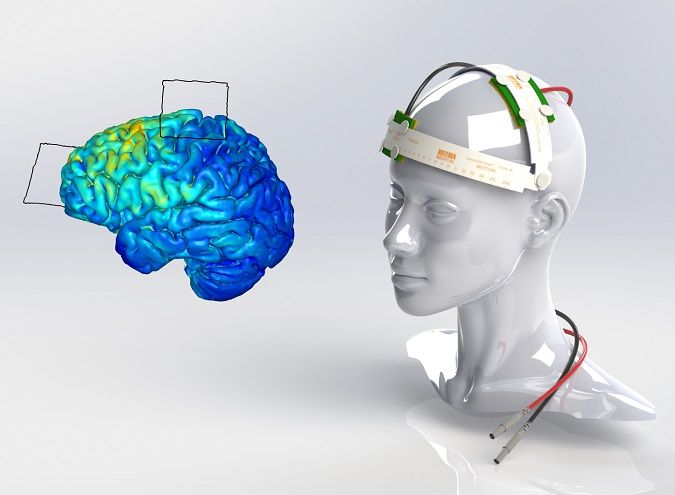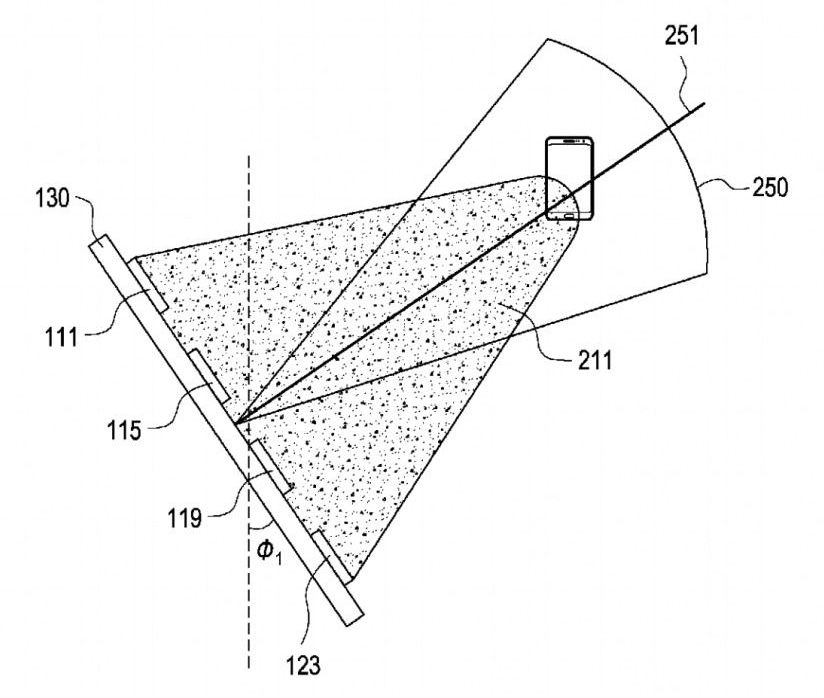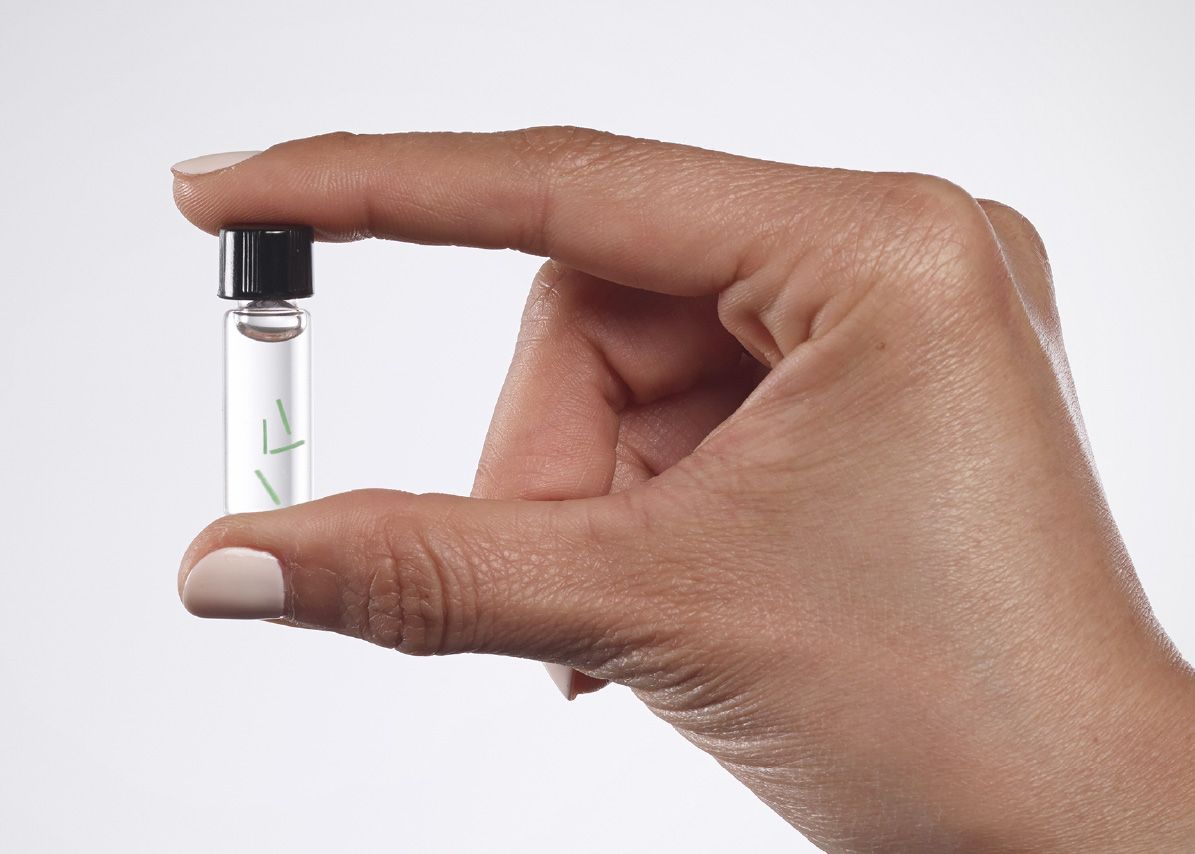Seconds before the strongest earthquake in years shook Southern California, hundreds of people received an alert on their cell phones, giving them crucial time to prepare.
BuzzFeed News Reporter


In summary — “I am cautiously optimistic about the promise of tDCS; cognitive training paired with tDCS specifically could lead to improvements in attention and memory for people of all ages and make some huge changes in society. Maybe we could help to stave off cognitive decline in older adults or enhance cognitive skills, such as focus, in people such as airline pilots or soldiers, who need it the most. Still, I am happy to report that we have at least moved on from torpedo fish” smile
In 47 CE, Scribonius Largus, court physician to the Roman emperor Claudius, described in his Compositiones a method for treating chronic migraines: place torpedo fish on the scalps of patients to ease their pain with electric shocks. Largus was on the right path; our brains are comprised of electrical signals that influence how brain cells communicate with each other and in turn affect cognitive processes such as memory, emotion and attention.
The science of brain stimulation – altering electrical signals in the brain – has, needless to say, changed in the past 2,000 years. Today we have a handful of transcranial direct current stimulation (tDCS) devices that deliver constant, low current to specific regions of the brain through electrodes on the scalp, for users ranging from online video-gamers to professional athletes and people with depression. Yet cognitive neuroscientists are still working to understand just how much we can influence brain signals and improve cognition with these techniques.
Brain stimulation by tDCS is non-invasive and inexpensive. Some scientists think it increases the likelihood that neurons will fire, altering neural connections and potentially improving the cognitive skills associated with specific brain regions. Neural networks associated with attention control can be targeted to improve focus in people with attention deficit-hyperactivity disorder (ADHD). Or people who have a hard time remembering shopping lists and phone numbers might like to target brain areas associated with short-term (also known as working) memory in order to enhance this cognitive process. However, the effects of tDCS are inconclusive across a wide body of peer-reviewed studies, particularly after a single session. In fact, some experts question whether enough electrical stimulation from the technique is passing through the scalp into the brain to alter connections between brain cells at all.

Companies are testing robots that help keep shelves stocked, as well as apps that let shoppers ring up items with a smartphone. High-tech systems like the one used by Amazon Go completely automate the checkout process. China, which has its own ambitious e-commerce companies, is emerging as an especially fertile place for these retail experiments.
But the opening of Amazon Go in January was alarming for many retailers, who saw a sudden willingness by Amazon to wield its technology power in new ways. Hundreds of cameras near the ceiling and sensors in the shelves help automatically tally the cookies, chips and soda that shoppers remove and put into their bags. Shoppers’ accounts are charged as they walk out the doors.
Amazon is now looking to expand Go to new areas. An Amazon spokeswoman declined to comment on its expansion plans, but the company has a job posting for a senior real estate manager who will be responsible for “site selection and acquisition” and field tours of “potential locations” for new Go stores.
“Unanimously, there was an element of embarrassment because here is an online retailer showing us how to do brick and mortar, and frankly doing it amazingly well,” said Martin Hitch, the chief business officer of Bossa Nova Robotics, a company that makes inventory management robots that Walmart and others are testing.

O n the outskirts of Beijing, a policeman peers over his glasses at a driver stopped at a motorway checkpoint. As he looks at the man’s face, a tiny camera in one of the lenses of his glasses records his features and checks them with a national database.
The artificial intelligence-powered glasses are what Chinese citizens refer to as “black tech”, because they spot delinquents on the country’s “blacklist”. Other examples include robots for crowd control, drones that hover over the country’s borders, and intelligent systems to track behaviour online. Some reports claim the government has installed scanners that can forcibly read information from smartphones.
In the last two weeks, Facebook has been mired in a privacy storm in the UK and US over potential misuse of personal data. But such an event might baffle many in China, where the country’s surveillance culture eclipses anything Facebook has done.

I was on a panel at a recent conference when the moderator asked audience and panel members what they thought of UBI. The overwhelming consensus of the 500 or so people in the room appeared to be “we’re skeptical, but should experiment.” UBI sounds like a good or not-so-good idea to different constituents because we have so little understanding of either how we would do it, or how people would react. None of us really knows what we’re talking about when it comes to UBI, akin to being in a drunken bar argument before there were smartphones and Wikipedia. But there are a few basic principles and pieces of research that can help.
Liberals and conservatives alike love—and fear—the idea of giving free money to everyone. But we have to try it anyway.
Author: Joi Ito BY
Considering how often lasers show up in science fiction, it’s interesting that the concept of “talking lasers” might show up in reality before eventually finding their way into sci-fi.
But the United States’ military Joint Non-Lethal Weapons Program (JNLWP) is getting close to creating one, according to a new report in Defense One. The device in question will soon be capable of reproducing human speech as a means of scaring off trespassers or enemies, making announcements, or just sending discrete messages to somebody who dropped their phone or walkie talkie.
It’s not quite there yet, because while it does sound like a garbled human speaking, it still speaks only gibberish for now. See it below, but don’t turn up your headphones too loud, for reasons that will immediately become clear — like many people who speak gibberish, the laser speaks loudly:

The Samsung patent would allow you to charge your phone no matter where you are in the room.
Speaking at London’s British Library, Dorsey said; ‘The world ultimately will have a single currency, the internet will have a single currency.
‘And I believe that it will be bBtcoin’, he said.
The Twitter founder’s talk was centred around Dorsey’s new payments firm, Square, which allows merchants to take payments via smartphones and tablets.

Since their invention, computers have become faster and faster, as a result of our ability to increase the number of transistors on a processor chip.
Today, your smartphone is millions of times faster than the computers NASA used to put the first man on the moon in 1969. It even outperforms the most famous supercomputers from the 1990s. However, we are approaching the limits of this electronic technology, and now we see an interesting development: light and lasers are taking over electronics in computers.
Processors can now contain tiny lasers and light detectors, so they can send and receive data through small optical fibres, at speeds far exceeding the copper lines we use now. A few companies are even developing optical processors: chips that use laser light and optical switches, instead of currents and electronic transistors, to do calculations.

Editor’s Note: The American Chemical Society is also issuing a press release today embargoed for 5am Eastern Time that can be requested at [email protected] or call 504−670−6721.
NEW ORLEANS, March 19, 2018 — Up until now, local inflammation and scar tissue from the so-called “foreign body response” has prevented the development of in-body sensors capable of continuous, long-term monitoring of body chemistry. But today scientists are presenting results showing tiny biosensors that become one with the body have overcome this barrier, and stream data to a mobile phone and to the cloud for personal and medical use.
“While fitness trackers and other wearables provide insights into our heart rate, respiration and other physical measures, they don’t provide information on the most important aspect of our health: our body’s chemistry,” explained Natalie Wisniewski, Ph.D. “Based on our ongoing studies, tissue-integrated sensor technology has the potential to enable wearables to live up to the promise of personalized medicine, revolutionizing the management of health in wellness and disease.” Dr. Wisniewski, who leads the team of biosensor developers, is the chief technology officer and co-founder of Profusa Inc., a San Francisco Bay Area-based life science company.